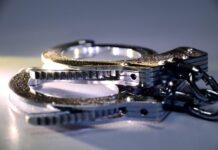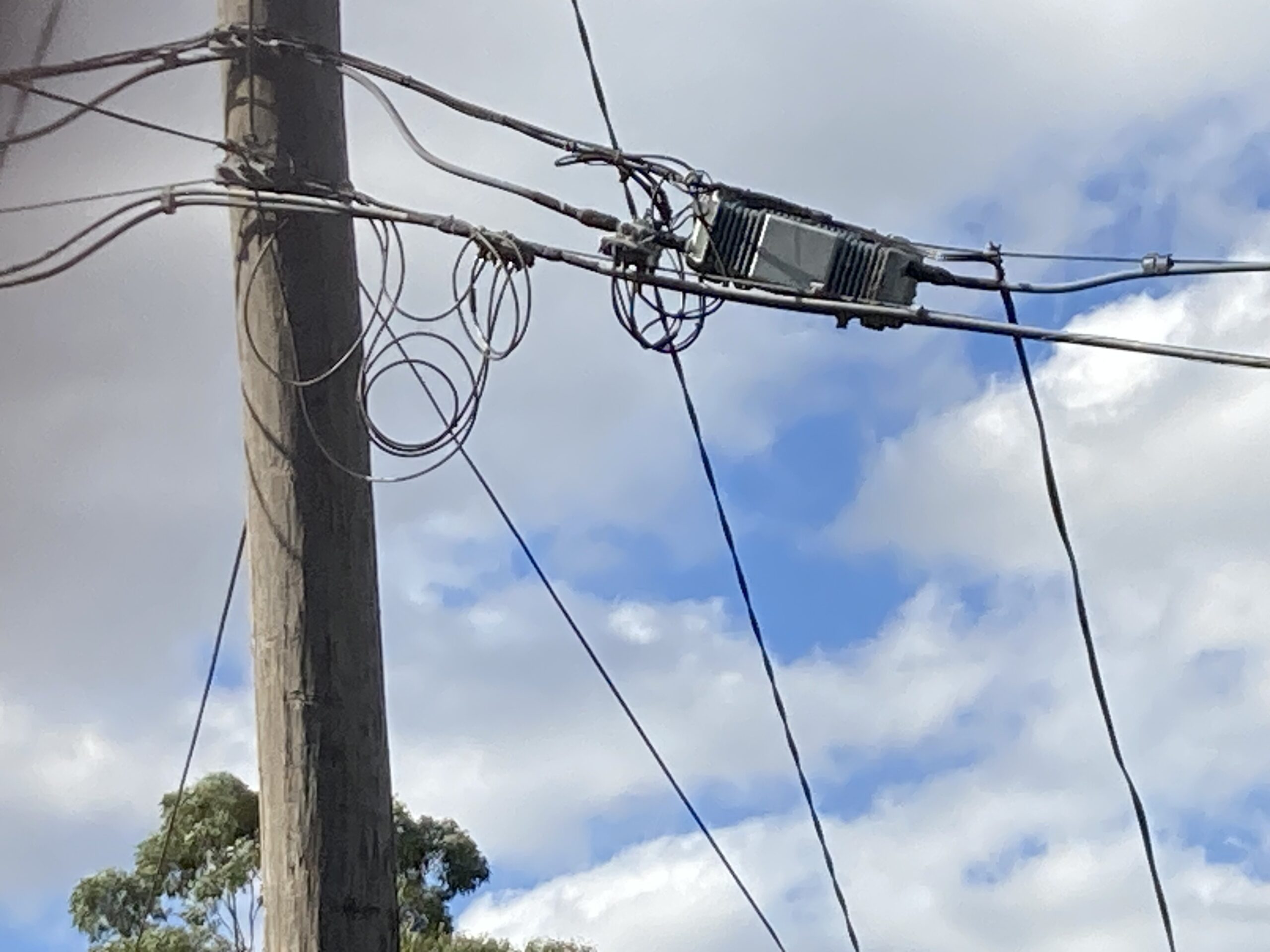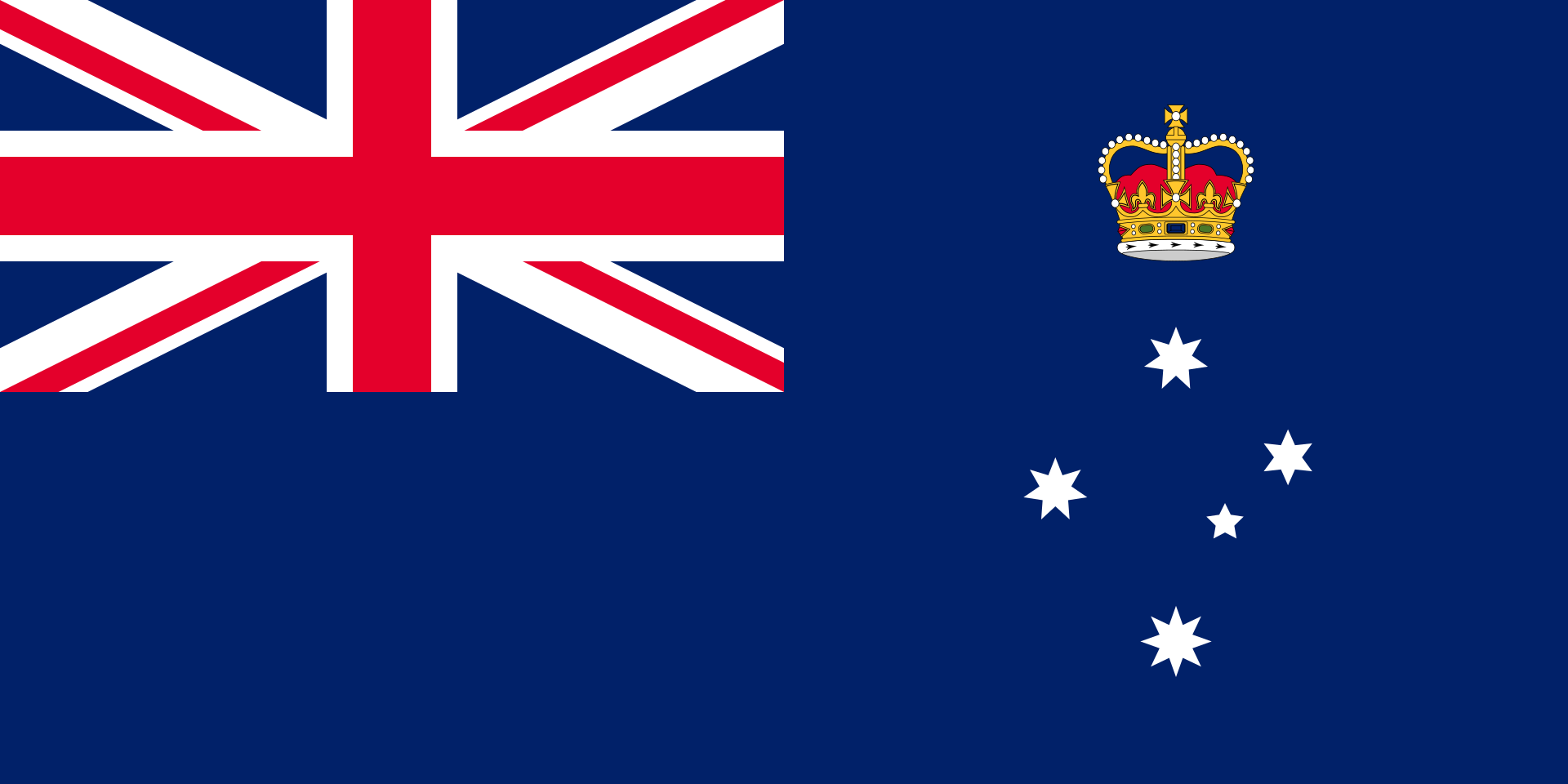BY JIM KUHNS VK3IQ/K8FT
Roger,
I read Ashley Geelan’s report on broadband signal leakage with great interest. (Amateur Radio, Vol. 92, Issue 5, 2024, pp. 49-50).
As someone who spent their 40-year plus career in the ‘cable TV’ industry around the world., as both an operator and a vendor, I have been amazed at the casual indifference to RF [radio frequency] issues here [in Australia] as compared to other countries.
In the US, for example, leakage is tightly regulated by the FCC [Federal Communications Commission] as spelled out in CFR Part 76. Large monetary forfeitures can occur when violations are not quickly and satisfactorily resolved.
Fortunately, in the late ’90s, as two-way, high-speed broadband began to take hold, most large [US] cable operators began to realise it was in their best interests to develop and deploy leakage maintenance programs that far exceeded the FCC specifications and kept their coaxial plant ‘nice and tight.’
In doing so, they would keep their return path (upstream from 5-42MHz, which encompasses many of our [amateur radio] HF bands) clean and free from interfering signals getting into and mixing with the cable modems transmitting frequencies.
The mantra of RF [radio frequency] signal leakage patrol is: if a signal can leak out, interfering signals can leak in.
Lead-ins of non-customers are disconnected at ‘the tap’ and the tap point is terminated with a 75 Ohm terminator.
Letter to the Editor. Amateur Radio, Vol 93. No.1, (Jan.-Feb.) 2025.






























